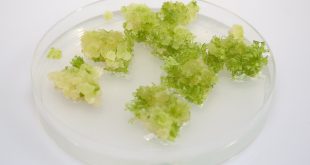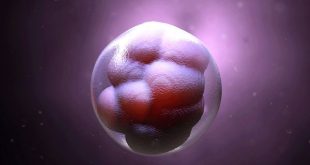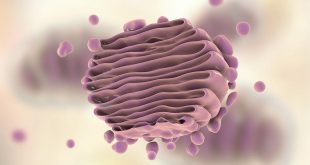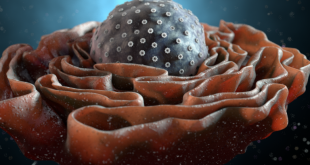As human beings are social creatures, they live in a social environment. If we look around us, we can see mainly two types of things in the environment. One is living things & another is non-living things. Living things are those which possess life. Now, what is life?
It’s not easy to define life. But scientist J.D. Burnel gave the definition of life. That is- “Life is a self-regulated, self-determined very complex physiochemical system, which is able to use the material and energy from the environment for its growth, development and reproduction through a chain of biochemical reactions.”
Good to Know
Life-
- Maintain homeostasis
- Composed of cells
- Have a life cycle
- Undergo metabolism
- Can grow
- Adapt to their environment
- Respond to stimuli
- Reproduce and evolve
Every living organism is linked up by cell or cells. But there are some living organisms that are acellular. Examples are:
Best safe and secure cloud storage with password protection
Get Envato Elements, Prime Video, Hotstar and Netflix For Free
Best Money Earning Website 100$ Day
#1 Top ranking article submission website
- Virus- made up of nucleic acid & protein.
- Prion- made up of misfolded protein (with the ability to transmit).
- Viroid- made up of only nucleic acid (RNA).
- Plasmid- small, circular, double-stranded DNA molecules in bacteria.
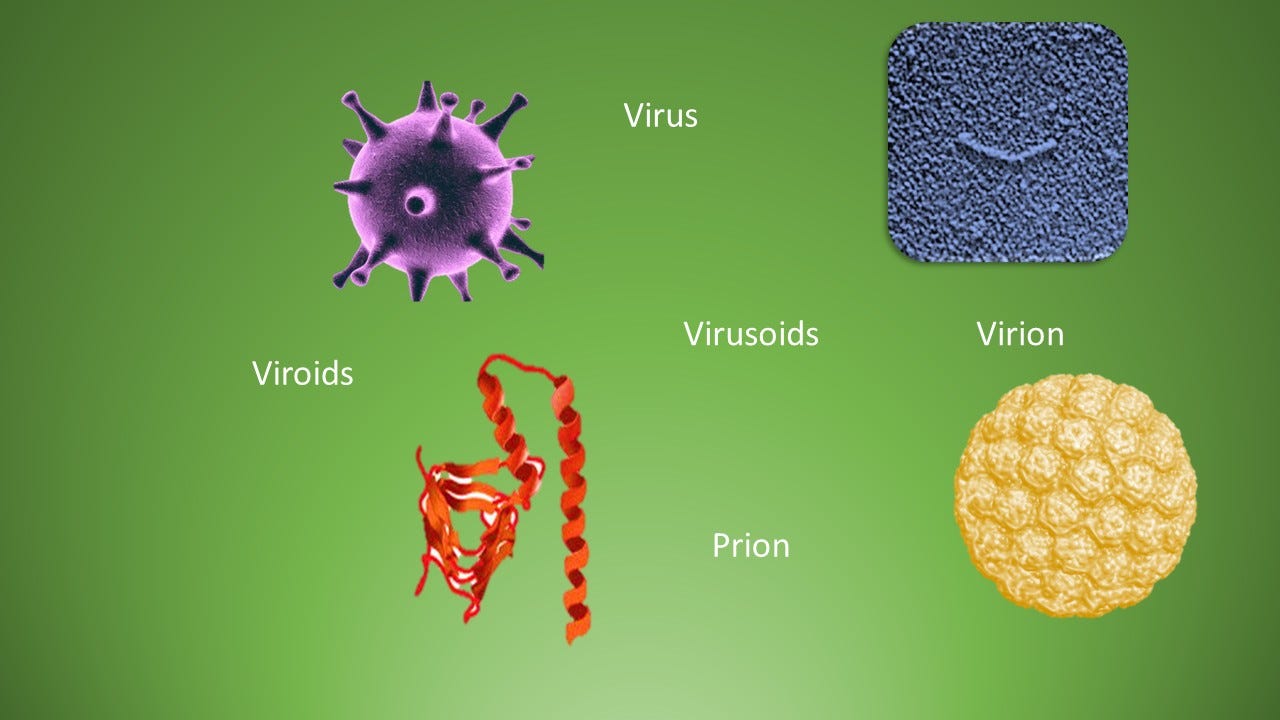
When these organisms stay outside of any living system, they act as chemicals only. But inside of any living system, they act as living organisms.
Robert Hook, an architect and the first curator of the Royal Society of London, in 1665 described cork (plant bark tissue) & other cells and introduced the term “cell“. The word “cell” derived from the Greek word ‘kytos‘ which means ’empty place’.
Why It Is Difficult to Define cell?
- There is no typical cell. There are many kinds of cell which are different in structure or function or both. Example: Human muscle cell & white blood cell (WBC) are different in both structure and function.

- There is a very little knowledge regarding the fine structure & ultra structure of cell & cellular organelles.
- Living cells are not stable. Balance is maintained by continuous stability & dynamism. If balance is stopped, life is stopped.
So, when we define cell, we must take these limitations into consideration.
Definition of cell
Cell is almost an independent structural and functional unit of life which is at least surrounded by a membrane and originated from a pre-existing one.
Different Cell Types
Parenchyma cells, chlorenchyma cells, collenchyma cells, sclerenchyma cells, meristematic cells, epidermal cells, stomatal guard cells, subsidiary cells, sieve cells, companion cells, trcheids, vessels, etc.
Cytology
Cytology is a branch of biology that deals with the physical & chemical structure and biological functions of cells & cellular organelles. It also describes the development, differentiation and origin of a new cell from a pre-existing one by division.
Cell Biology
It is the study of cell structure and function, and it revolves around the concept that the cell is the fundamental unit of life.
Cell Theory or Cell Concept
Matthias Jacob Scheiden, a German professor of botany, proposed the cell theory, together with Theodor Schwann, a German professor of anatomy. Schleiden’s cell theory states that the cell is a unit of biological organization. After that, Schwann began work with Schleiden’s cell formation theory. He applied Schleiden’s discoveries in plants to animals and invented the term “cell theory” in 1838. However, the term is generally attributed to Schleiden & Schwann and dated 1839. Schwann refined this theory in the following way:
- The cell is the smallest building element of a multi-cellular organism and as a unit is itself an elementary organism.
- Each cell in a multi-cellular organism has a specific task to accomplish and represents a working unit.
- The new cells originate from a pre-existing cell by cell division.
This concept of the cell as a general unit of life and as a common basis for the vital phenomena in both the animal & plant kingdoms was immediately and universally accepted.
Addition to Cell Theory
As science evolved, three more components have taken place to the theory. These are:
- Energy flow occurs within cells.
- Hereditary information passes from cell to cell.
- All cells have the same basic chemical composition.
Later,Rudolf Ludwig Carl Virchow, a German professor of pathological anatomy, confirmed the principle that cells arise only from pre-existing cells. It is also reffered to as the “theory of cell lineage”. His observations gave Schleiden & Schwann’s cell theory its impact in terms of heredity and development, for if present cells have come from pre-existing cells, then all cells trace their ancestry back to the first cells in an unbroken line of descent.
The Most Ancient Cell
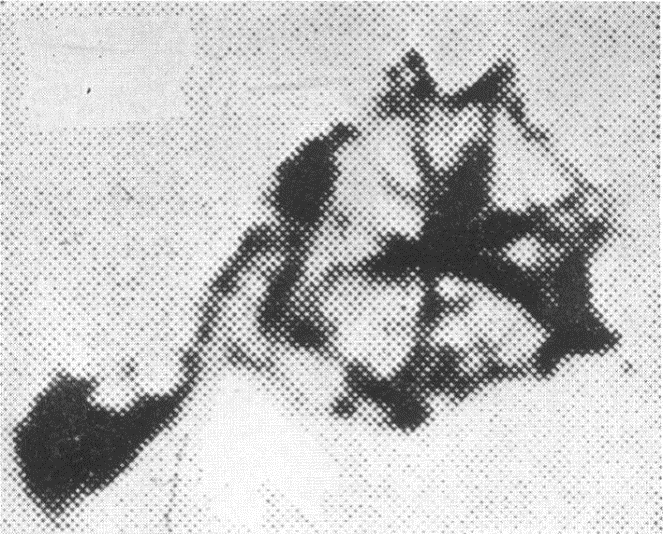
(3840 times magnification)
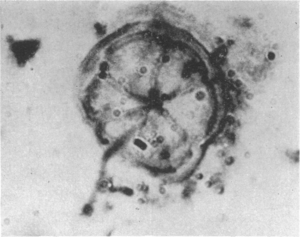
Classification
- Kingdom: Plantae
- Phylum: Plantaeincertaesedis
- Class: Unclassified
- Order: Unclassified
- Family: Unclassified
- Genus: Kakabekia
- Species: Kakabekia barghoorniana
The name Kakabekia references the region in Ontario where the microfossil relative Kakabekia umbellata was first discovered. The name barghoorniana refers to the scientist, Barghoorn, who discovered the microfossil. Kakabekia is not well-differentiated phylogenetically, but it is believed to be the modern descendent of one of the first eukaryotes in the Plant kingdom.
Discovery
In 1965, a Harvard paleontologist Elso Barghoorn was working in Canada’s rock field, Gunflint Range Chert, that date back to the middle Precambrian period in what would have likely been shallow lakes. There he discovered some fossils of the simplest organisms which had only a bulb like structure and some protoplasmic strands. He named it Kakabekia umbellata and published it in a British journal called ‘Nature’.
One year later in 1966, Siegel and Giumarro discovered a simple structured living organism in ammoniated soil beside British port which appeared nearly identical to the microfossil of Kakabekia umbellata. In the same year, they published the occurrence of the simplest living organism and named it after Barghoorn as Kakabekia barghoorniana.
About Kakabekia
- The species is at least cold-tolerant.
- Without ammonia, it is not possible to grow Kakabekia even with other nitrogen sources.
- Structurally, the organism has a mantle with multiple rays that forms the top of the “umbrella” with a slender stalk leading to a spherical bulb.
- The organism is oxygen indifferent, with few heme enzymes and no phenol oxidases.
- The species has absolutely no ability to store lipid or polysaccharide.
- Kakabekia appears to preferentially utilize glucose as a carbon and energy source but it has the ability to function without; likely through photosynthetic machinery.
References & Other Links
- Class lecture of Chandan Kumar Dash Sir (Lecturer, Dept. of Botany, University of Dhaka).
Revised By
- Khaleda Akter Shompa on 19 July, 2021.
 Plantlet The Blogging Platform of Department of Botany, University of Dhaka
Plantlet The Blogging Platform of Department of Botany, University of Dhaka


